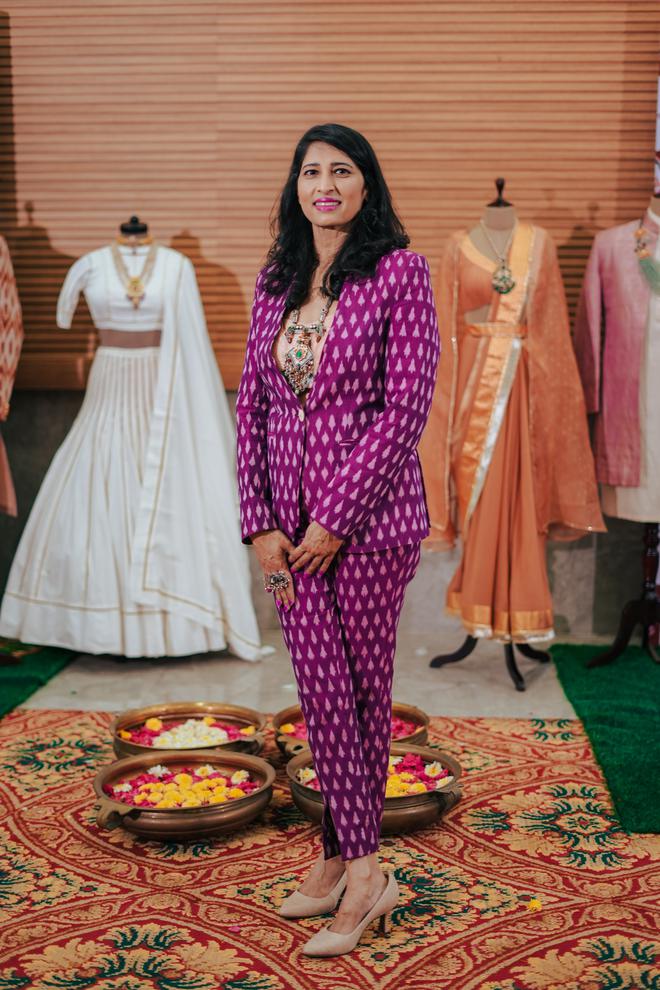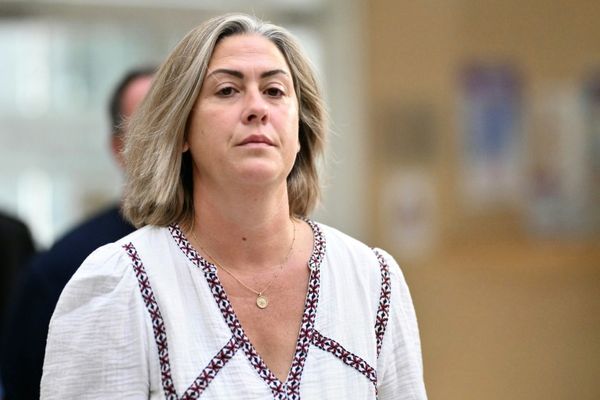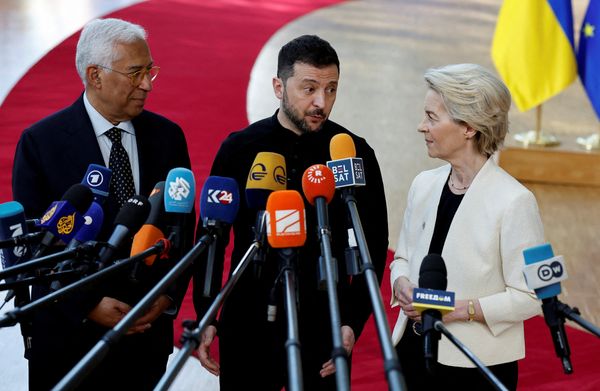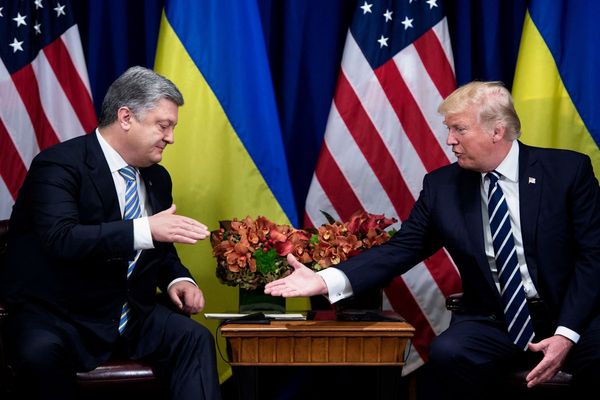Pochampally ikats, Ponduru khadi and weaves from Mangalagiri, Venkatagiri, Gadwal and Narayanpet have an immediate recall value at the mention of textiles and handlooms from Telangana and Andhra Pradesh. But there is a lot more that remains away from the spotlight — silks from Armoor and Ramappa or ikats from Siddipet for instance. Hyderabad-based textile and fashion designer Shravan Kummar will be exhibiting these and other handlooms from Telangana and Andhra Pradesh at NATA (North American Telugu Association) Convention in Dallas, from June 30 to July 2, and TANA (Telugu Association of North America) Conference, Philadelphia, July 7 to 9. “I will be taking approximately 175 pieces of handlooms from the Telugu States with me. We plan to involve the next generation, aged 18 to 25, to showcase our handlooms so that we encourage more young people to incorporate Indian handlooms into their wardrobes,” he says.
At a recent preview held at Hotel Abode adjacent to his studio in Lakdikapul, Hyderabad, on display were some of his recent creations made in association with weavers from different pockets of the Telugu-speaking States. Alongside Pochampally ikats, silks and cottons from Gadwal, Narayanpet, Mangalagiri and Venkatagiri, he showcased khadi from Metpally, silks from Ramappa, ikat saris in linen, saris with Gollabhama motifs and more. Saris, lehengas, jackets, trousers, wrap pants and jackets constitute the new line. There is something to appeal to both Indian and global aesthetics.
The nearly-forgotten himroo weave, using cotton and silk, occupies a pride of place. So does the ‘masala patti’ embellishment sourced from the craftspeople near Charminar. Shravan’s design team uses the masala patti embellishment along with Gadwal-woven borders on chiffon and georgette saris. The turpai hemming technique and hand embroideries also embellish a few garments.
Some of the saris with the kuppadam weaving technique employ natural dyes derived from onion skin, pomegranate seeds, arecanut and a variety of roots and leaves. “Some of these saris take 15 to 20 days to weave,” says Shravan.

The unisex ikat jackets and trousers are a part of his international label Old Soul Fashion (oldsoulfashion.com), launched early this year. The line of ikat bomber jackets, blazers and tie and dye scarves uses Pochampally ikat weaves for the global wearer.
Shravan will be showcasing handlooms at TANA and NATA in collaboration with Neesa Jewels by Neeraja Boyapally, a line of jewellery that has statement neckpieces and earrings that use Telangana folk and Nizam-inspired motifs in silver jewellery coated with 22k gold.
Post-pandemic, Shravan says buyers have been on a rebellious mode of splurging. “I don’t think this sector will go through a recession anytime soon. Lavish weddings apart, sari and dhoti ceremonies and house warming functions have also been getting bigger. We do not know how long this bubble will last. I am happy as long as handlooms are patronised and weavers are benefitted.”







